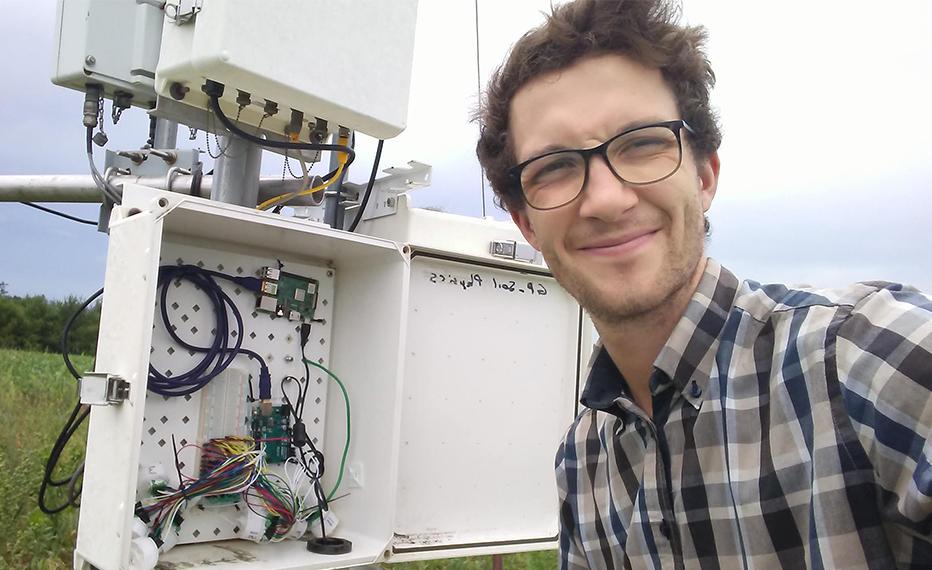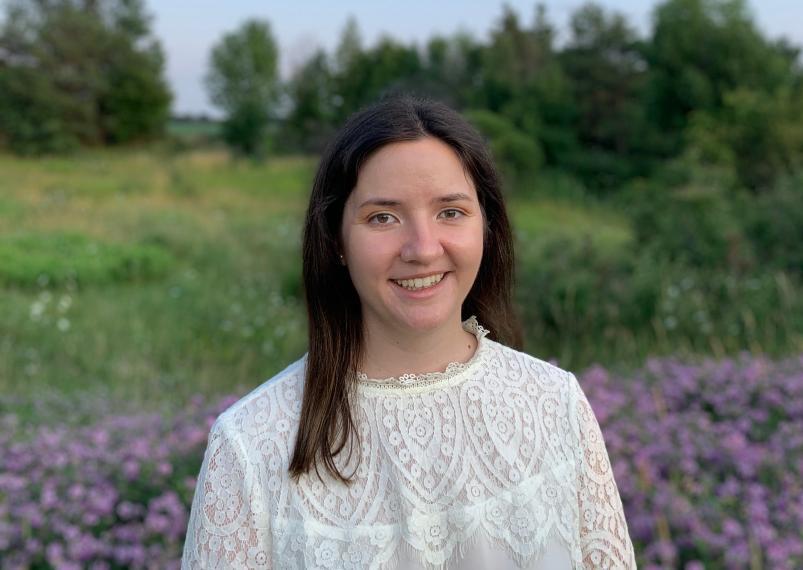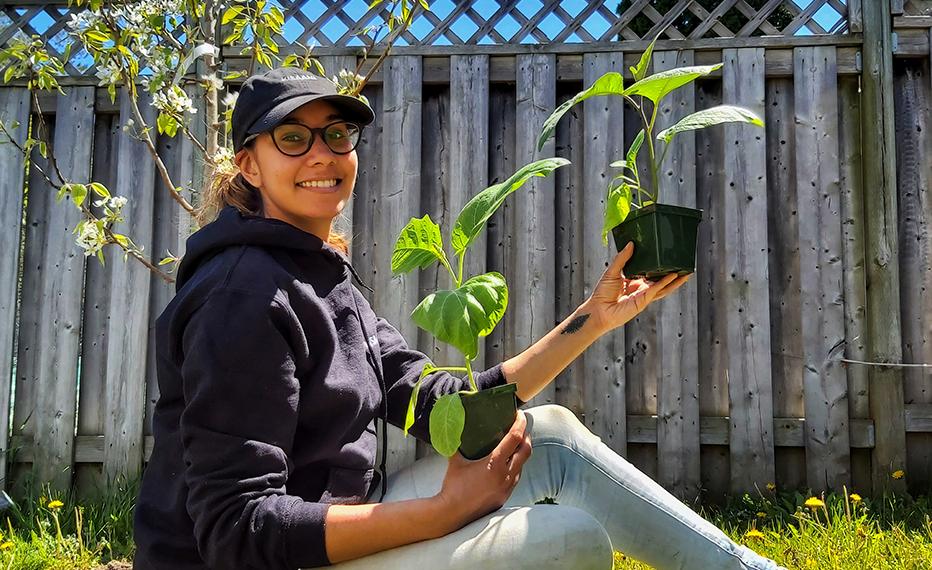
Students improving life: Using soil research to understand the impacts and future of climate change
Gordon Bell, a graduate student in the School of Environmental Sciences (SES), is researching soil health and the effects of climate change.
Bell began working with Dr. Claudia Wagner-Riddle, a professor in SES, as a field technician while completing his undergraduate degree. This collaborative work in the Wagner-Riddle lab inspired him to pursue his master’s degree.


